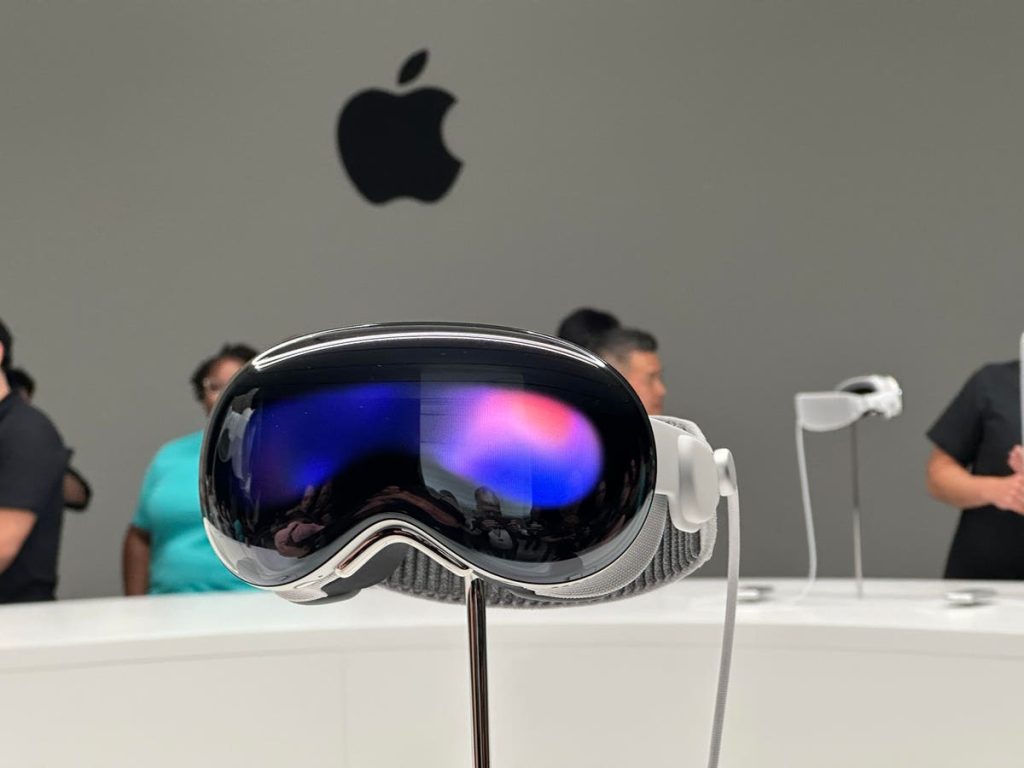Tim Cook captured the headlines at WWDC 2023 with the Apple Vision Pro headset launch. The world finally saw what many had expected, mixed reality with a shine and swagger that only Apple can provide. What we did not see was just as important.
David Pogue’s write-up of the experience nicely illustrates the current state of the headset’s software.
Along with other invited guests, Pogue was given a tour of the Apple Vision Pro, led and supervised by Apple staff. It appears to be the same script as seen by others in the media, but one detail caught my eye:
“First, a butterfly entered room. The Apple rep instructed me to hold my finger steady in front of me, and said that if the fates were smiling, the butterfly would land on it for a little rest. It did. (Some of my colleagues weren’t so lucky. “I guess I wanted it too much,” said one.)”
It’s certainly a cute moment, but it also shows the Vision Pro still needs work.
Much like a magician asking you to pick one of two choices before throwing away the choice that does not work (“you pointed to this one, let’s keep it” or “you pointed to this one, let’s throw it away”), the line “I guess I wanted it too much” highlights a scripted moment where the software trying to land the butterfly might not work.
And there’s nothing wrong with this. Every demo has these outs, every presentation has moments where things can be expected to go wrong and staff will have workshopped what to do, and anyone used to standing in front of an audience with new technology will have nightmares of tech not switching, on misbehaving, or losing internet connectivity.
It does suggest where Apple is in terms of the development process.
The first is that it’s not ready to be demonstrated live to an audience. Any demonstration may miss the VR sense, but a passthrough of the video – which developers will surely need to show their apps in action – is a tidy solution. And you can easily have an intern put on the headset while an Apple Exec talks about the functionality without putting on the headset themselves.
Then there’s the use of a controlled space. As well as the tightly scripted nature of the media demonstrations, Apple also constructed the physical space these demonstrations happened in, presumably maximising the efficiency of the headset. When the Apple Vision Pro comes to market, it will need to work no matter the environment.
Finally, what was on show was all ‘gee-whizz’ moments, much like any and every augmented reality launch. Again, this is something understandable when chasing headlines and mind share. But if you wanted to light a fire across the swathe of Apple developers, then those floating ‘flat’ windows running iPadOS apps in full flow would have given each developer a clear path to a new world of apps (and Apple unlocks far more apps than any other mixed reality market on the planet).
The Apple Vision Pro we were all shown was a demonstration device… far enough into the process to be demonstrated to the select members of the press, far enough to show off some rather flashy CGI-based videos, and far enough along that Tim Cook and his team were comfortable enough to show the work in progress.
But it is still an early work in progress.
Apple used a classic magician’s trick to cover one of the potential issues in the presentation, but that’s not the biggest trick. That was having the faithful tell everyone that, no matter what, Apple will be able to deliver this vision early next year, have it work smoothly and efficiently, and convince the mass market that this is the headset they’ll want to strap on.
Of course, Apple will deliver on this headset. That’s what Tim Cook’s Apple does. Right?
Now remind yourself of Apple’s magical AirPower presentation and why this key product was never released…
Read the full article here










